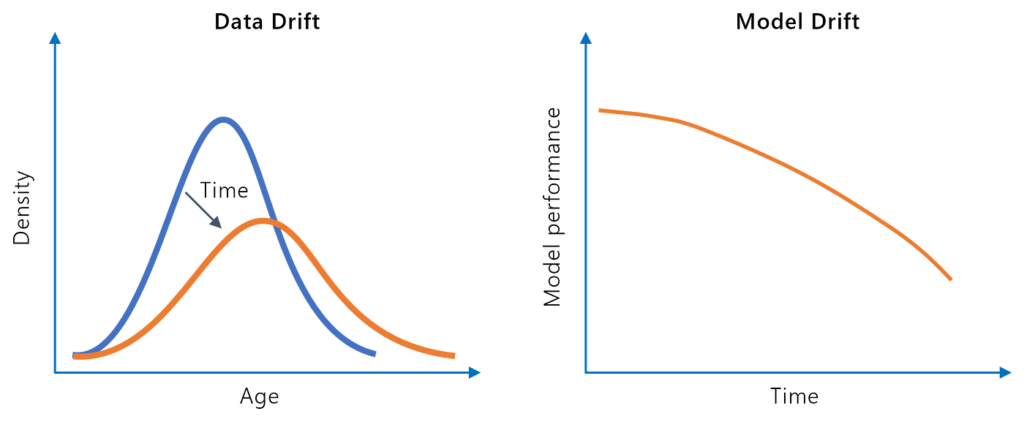
Model Collapse
Model collapse is a phenomenon in artificial intelligence where a trained model degrades over time, especially when relying on synthetic or AI-generated data. T...
A knowledge cutoff date marks when an AI model stops updating its training data, impacting accuracy and relevance.
A knowledge cutoff date is the specific point in time after which an AI model no longer has updated information. This means that any data, events, or developments occurring after this date are not included in the model’s training data. For example, if the knowledge cutoff date for a model is April 2023, it will not have information on events that happened after this date.
AI models have cutoff dates for several reasons:
The term “deadline for the AI model” typically refers to the final date by which an AI model must be completed, including its training and testing phases. This is not necessarily the same as the knowledge cutoff date but is related to project timelines and deliverables.
The cutoff date for an AI model is synonymous with the knowledge cutoff date. It indicates the last point at which the training data was updated. Any information beyond this date is not included in the model’s knowledge base.
Similar to the deadline, the final date for an AI model can refer to the project’s completion date. It may also be used interchangeably with the knowledge cutoff date in some contexts, though it usually pertains to project timelines.
This term is often used interchangeably with the knowledge cutoff date, signifying the last date up to which the AI model has been trained with updated information.
The end date for an AI model can refer to either the knowledge cutoff date or the project completion date, depending on the context. It generally indicates the end of a specific phase in the AI model’s lifecycle.
This is another way of referring to the knowledge cutoff date. It marks the final point in time at which the AI model’s training data is considered current.
Here are the knowledge cutoff dates for some of the most popular AI models:
A knowledge cutoff date is the last point in time at which an AI model's training data was updated. Information beyond this date is not included in the model's knowledge base.
Cutoff dates help manage data preparation, ensure model stability, control computational resources, and maintain version control during AI model development.
No, a deadline refers to the project’s completion date, while a cutoff date specifically marks the end of data updates for training the AI model.
For example: OpenAI’s GPT-3.5 and GPT-4 (September 2021), Google’s Bard (May 2023), Anthropic’s Claude (March 2023 for Claude 1, January 2024 for Claude 2), and Meta’s LLaMA (around 2023 for latest versions).
Start building your own AI solutions with FlowHunt's no-code platform. Book a demo to see how you can create chatbots and automate workflows.
Model collapse is a phenomenon in artificial intelligence where a trained model degrades over time, especially when relying on synthetic or AI-generated data. T...
Benchmarking of AI models is the systematic evaluation and comparison of artificial intelligence models using standardized datasets, tasks, and performance metr...
Model drift, or model decay, refers to the decline in a machine learning model’s predictive performance over time due to changes in the real-world environment. ...
Cookie Consent
We use cookies to enhance your browsing experience and analyze our traffic. See our privacy policy.
